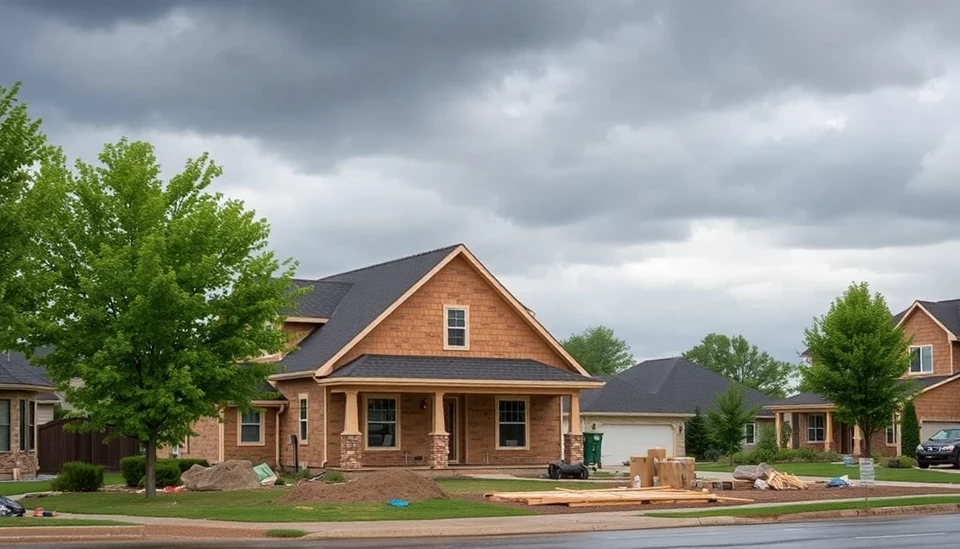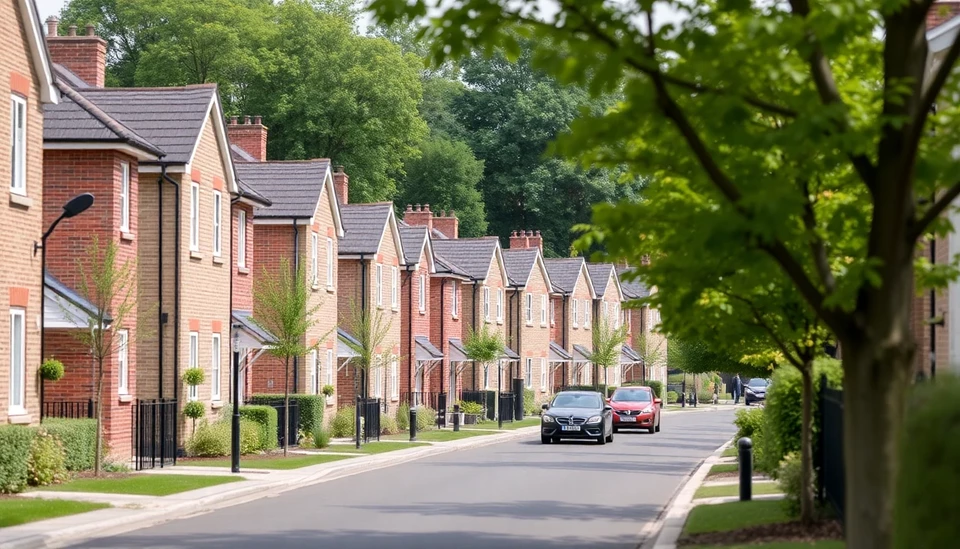
In a challenging turn of events, homebuilders across the nation are feeling the financial strain of hefty tariffs, totaling $12,800 on critical building materials. This unexpected financial burden has prompted many in the construction industry to explore new avenues for income as they navigate through this economic hurdle.
The tariffs, which have targeted imports essential for home construction, are largely the result of ongoing trade tensions and efforts to bolster domestic manufacturing. Unfortunately, these measures have had collateral ramifications, severely impacting the profitability of homebuilding projects. As a result, builders are re-evaluating their business strategies and considering supplementary financial opportunities to counteract these increased costs.
In this shifting landscape, a number of builders are turning to side gigs to supplement their income. These ventures vary widely and include services like remodeling work, consulting, and project management. By diversifying their income sources, homebuilders aim to maintain financial stability in the face of rising expenses associated with materials and labor.
Industry experts indicate that this trend towards side jobs might become a growing norm within the sector. The financial volatility brought on by tariffs has forced builders to become adaptive entrepreneurs, a transition that could lead to long-term changes in the way the construction business operates. Furthermore, those who successfully create additional streams of income may emerge stronger, equipped to weather future economic fluctuations.
Some builders are even pooling resources to share insights and strategies on managing costs, maximizing efficiency, and identifying profitable side opportunities. This collaboration not only fosters a sense of community among builders but also drives innovation within the sector as members experiment with new business models in response to external pressures.
While tariffs pose a significant challenge, they also serve as an impetus for industry-wide adaptation. Homebuilders are not just focusing on survival; many are actively seeking ways to thrive amidst adversity. As the sector recalibrates, it will be crucial for stakeholders to keep an eye on market trends and adjust their approaches accordingly to protect their margins and ensure that they remain competitive.
As the industry continues to evolve, the lessons learned during this turbulent period may lead to more resilient practices in the long term. Builders may find that their forays into alternative income can open doors to opportunities that would have otherwise remained unexplored, leading to a more robust construction economy overall.
The ongoing situation serves as a stark reminder of the interconnected nature of trade policies and local economies. The pressure on homebuilders to adapt is mirrored throughout various sectors, highlighting the need for flexibility and innovation in an ever-changing economic landscape.
Ultimately, the rise of side gigs among homebuilders could signal a significant shift in the industry’s traditional business model, reshaping how construction firms operate and succeed in the future.
#Homebuilding #Tariffs #ConstructionIndustry #SideGigs #EconomicAdaptation #BuildingCommunity #TradePolicy
Author: Rachel Greene




